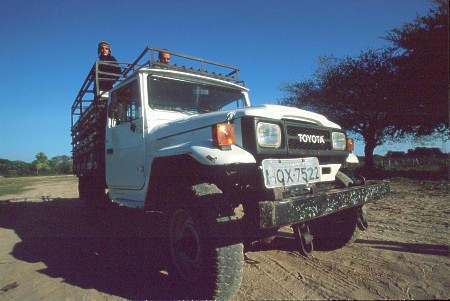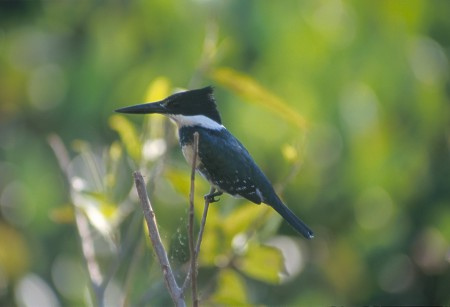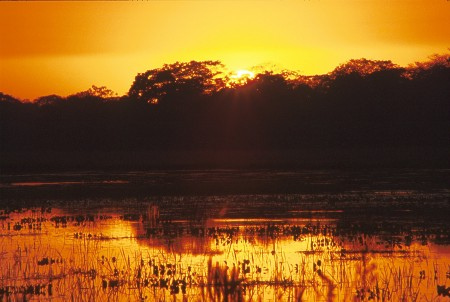History of the Pantanal
Besides its rich wildlife, the Pantanal holds other surprises. It was home to fierce horse-riding indians, the Guaicurú - described as the "Apache of South America". It was the flashpoint that triggered South America's bloodiest war, and was a backdrop for adventures of the real Indiana Jones.
As with most of Brazil, the Pantanal was home to rich and diverse indigenous cultures. The early Pantanal was a melting pot of different indigenous cultures originating from various regions of South America. Although most spoke Guaraní, some spoke Arawak, Jê and and several other languages. This diversity is also expressed in the archaeological record.
Life for the indigenous peoples changed forever with the arrival of Europeans. Brazil's early colonial history is dominated by the Bandeirantes. These were private expeditions run by Portuguese merchants and adventurers to explore remote areas surrounding the Portuguese colonies. They frequently passed over into sparsely populated areas of the neighbouring Spanish Empire - and thus expanded the Brazilian frontiers. There were two primary objectives for these expeditions: finding gold, and finding slaves. The slaves were taken from among the Indian tribes - and were soon put to work on farms and sugar plantations. The treatment was often brutal. It was considered that, by working the slave hard, they would pay for themselves within a year. Any time that they lasted beyond the first year was considered a bonus.
However, the wetlands of the Pantanal were difficult for capturing slaves. It was gold that brought in the first permanent settlers - following a discovery in 1718 near modern-day Cuiabá. The gold didn't last long, but the grasslands were found to be ideal for raising cattle. This set the economic direction for the next 300 years.
The Pantanal, then part of the large Brazilian Mato Grosso territory, grew slowly. It was a rural backwater, far away from the more established Portuguese Empire (and later Brazilian Empire) settlements on the coast. Journeys into the territory would take months. Although initially overland, the region's rivers became the main highways for transport and commerce - organised as large river expeditions known as monções (Monsoons).
Greater development of the region was instigated by the Paraguayan invasion of the territory in 1864. Although the territory was a great source of revenue to colonials, this invasion demonstrated just how vulnerable it was. In the years that followed the war, immigration and new settlements were encouraged. From the 1930s, new roads and air transport helped better integrate the territory in with the rest of Brazil. The relocation of the country's capital to Brasília was also instrumental in fostering development.
In the last few decades, cities such as Cuiabá and Campo Grande have seen significant growth. Besides cattle, the economy has benefited from Soy, which is now grown throughout much of central Brazil and in neighbouring countries such as Paraguay. Despite this economic benefit, there has also been an environmental cost as it has contributed to the destruction of the Cerrado and areas of the Amazon - as well as negative impact of some pesticides.
The links below cover various aspects of Pantanal history in greater detail.










Image credits: Detail from a painting by Jean-Baptiste Debret, showing a battle between Bandeirantes and Indians.
Photos: Bandeirante, Sunset, and Kingfisher (Andrew Mercer)
Pantanal Escapes